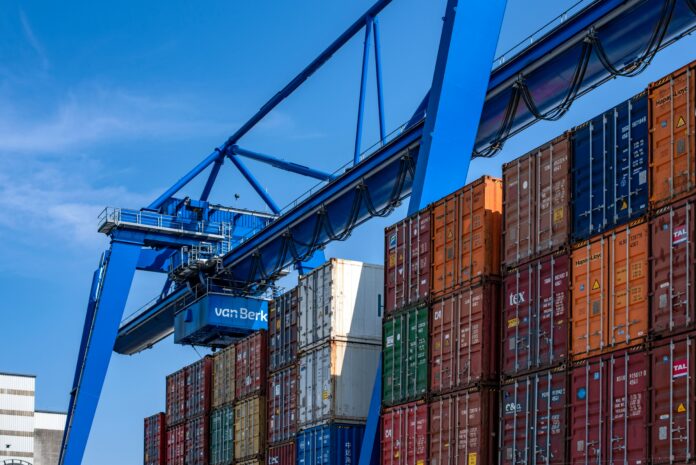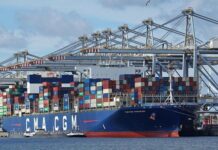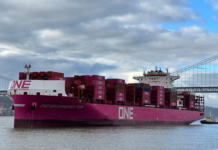
When the US lowered baseline tariffs on Chinese exports from 145% to 30% in May for a period of ninety days, transpacific ocean freight demand surged and container rates soared to more than US$6,000/FEU to the West Coast as shippers rushed to move goods that would make it to the US before the August expiration date.
A recent Freightos poll of about eighty supply chain professionals found that about half expect the White House’s recent announcement that it will extend that 30% baseline tariff for an additional ninety days to lead to another peak season bump. But the other half thinks, even with the extension, this year’s peak season is behind us – and so far container rates seem to support those expectations.
Transpacific rates to the West Coast fell 8% last week to less than US$2,000/FEU, their lowest level since the start of the Red Sea crisis. Daily rates so far this week are down to the US$1,700/FEU level held just before the Houthi attacks began in late 2023. Prices to the East Coast fell 3% to US$3,472/FEU last week, but are down to US$2,700/FEU so far this week, also within striking distance of their pre-Red Sea levels.
Container rates on the transpacific are falling due to tariff-driven frontloading that saw stronger than normal volumes earlier in the year and brought a brief and early peak season surge back in June. But rates falling back to levels last seen before the Red Sea crisis began – even as attacks continue – suggest that overcapacity is also playing a role in rate behavior.
Spot market developments for Asia – Europe trade may also support the possibility that overcapacity is already impacting rates.
Carriers report that Asia – Europe peak season demand is robust. But even with strong volumes, persistent congestion at several major European container hubs, and Red Sea diversions still absorbing capacity directly on this lane, container rates are 60% lower than a year ago, when the Red Sea crisis was cited as the major driver for highly elevated rates of about US$7,000/FEU to Europe and US$8,000/FEU to the Mediterranean.
As of last week, Asia – N. Europe rates were still flat at about US$3,300/FEU, the peak season level they’ve held since early July. Asia – Mediterranean prices slipped to about US$3,100/FEU down from a peak season high of US$4,800/FEU reached in mid-June. Carriers will reduce capacity on these lanes in September to try and keep prices from easing further.
In air cargo, an Air Canada flight attendant strike that started over the weekend froze passenger operations and disrupted cargo flows as well. A tentative agreement between the carrier and union reached late Monday however, means operations are already gradually starting back up.
Freightos Air Index rate data shows air cargo prices were stable overall last week, with China – US rates up slightly to US$5.44/kg, China – Europe prices dipping 4% to US$3.53/kg and transatlantic rates down 2% to US$1.73/kg.
Written by: Judah Levine, Head of Research, Freightos Group (Nasdaq: CRGO)





